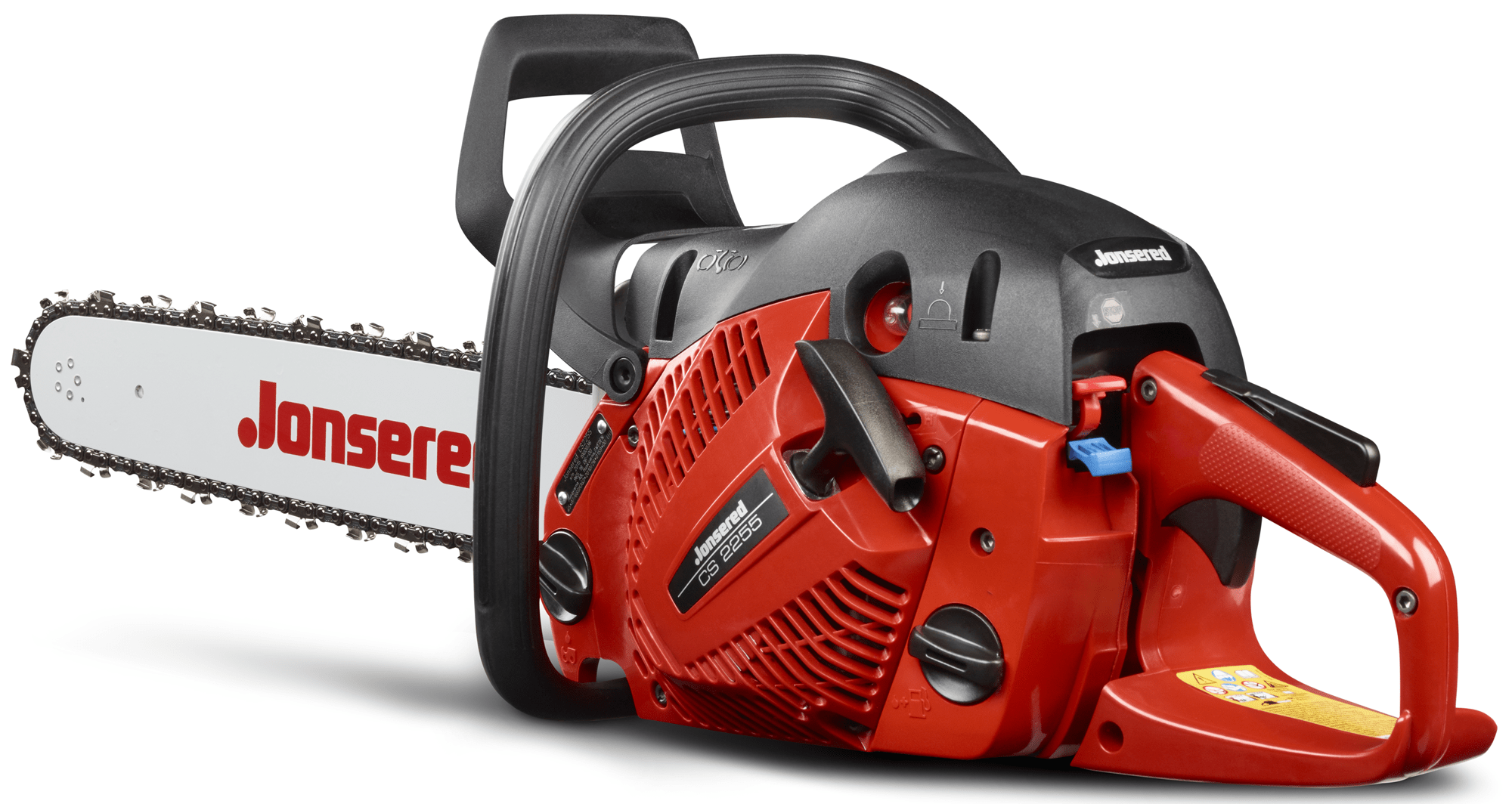For those who aren't familiar with chainsaws, one chain may appear to be identical to another. However, there are many different types, each designed for a specific purpose, and each chainsaw requires a compatible chain.
We'll take a look at some of the most common 4 stroke chainsaw chain types to help you figure out which one is good for the job. We'll also cover the fundamentals of chainsaw chain replacement.
Types Of Teeth
Cutting teeth are one of the main differences between the various types of chainsaw chains. While there are other types of specialists, these are the four you'll most likely encounter.
Full-Chisel Cutters
Square-cornered cutters are full-chisel cutters. This makes them more aggressive and allows them to cut more quickly than other chain types.
When used to cut in more dirty conditions, however, they will dull much faster than other types of chains and will need to be sharpened much more frequently due to their square shape. Due to their shape, they are also the most difficult to sharpen.
Because the square-shaped teeth are more likely to "bite" into the wood, chains with full-chisel cutters have a higher risk of kickback than other types of chains.
Semi-Chisel Cutter
Because the cutters on semi-chisels are rounded, they stay sharper for longer. They're better for cutting tougher, more difficult wood or in dirty conditions that could cause the blades to dull faster.
The rounded shape reduces the risk of kickback, making these chains ideal for use at home. They're also frequently used in semi-professional and professional settings.
The disadvantage of using a semi-chisel chain is that it will not cut as quickly as a full-chisel chain, so the work will take longer – but you will spend less time sharpening them because they hold their sharpness better.
As a result, even though semi-chisel chains cut slower than full-chisel chains, you'll be able to work faster in dirty conditions because you won't have to stop as often to sharpen them.
Micro-Chisel Chains
A micro-chisel chain is another popular option. These are similar to semi-chisel chains but with rounded corners that are even smaller. Clean, smooth cuts are provided by these chains, which are forgiving of dirty conditions. They're also fairly simple to sharpen.
Low-Profile Cutter
Low-profile cutters are the least risky and most forgiving chain types, making them the most popular among home users.
They have the same rounded shape as semi-chisel cutters and are also the easiest to sharpen, making them perfect for the casual user.
Chain Arrangements
The chain arrangement is another way to categorize chainsaw chain types. We'll go over the most common types here. Here's a video that goes over the different chain arrangements as well as the different cutter types in greater detail.
Full Complement Chain
This is the most common chainsaw chain arrangement. The system consists of a left cutter, a drive link, a right cutter, a drive link, a left cutter, and so on. This is the best chain for general work, and unless otherwise stated, it will come with any home-use chainsaw you buy, including gas-powered chainsaws, electric corded chainsaws, and battery-powered chainsaws.
These chains are suitable for all types of cutting work and can be used with chains up to 24" in length.
Skip Chain
The configuration will be left cutter, right cutter, and so on because a skip chain has two drive links instead of one between each cutter. As a result, compared to a traditional full complement chain, the chain has 1/3 fewer cutting teeth.
Because turning a compliment chain of this length necessitates more power from the chainsaw engine, these chains are used on chainsaws with longer bars, usually over 24".
Because bars and chains of this length are uncommon in home-use chainsaws, you're unlikely to need one unless you're using a professional chainsaw for large-scale, heavy-duty cutting work.
Semi-Skip Chain
A semi-skip chain is a cross between a full complement and a skip chain, with cutting teeth every two drive links and every drive link. This is a more specialized option that can be used with a long bar but requires more cutting capacity.
Other Measurements
There are a couple of other measurements to be aware of, in addition to the type of cutting teeth and chain configuration: the pitch and the gauge. When buying a chain for your saw, it is critical to have the correct specifications.
Pitch
The pitch is determined by monitoring the distance between any three consecutive rivulets on the chain (the studs that hold the chain together).
A chainsaw's pitch is usually stamped on the bar; make sure you buy a chain with the same pitch as the bar.
Gauge
The thickness of the groove in the bar that the chain fits into is referred to as gauge. You can use a special trick to figure it out – all you need is a quarter, a penny, and a dime.
Clean out any gunk or debris from the groove on your chainsaw bar and try to push the coins in to see which one fits the snuggest.
- The gauge is 0.063 if the quarter fits best.
- The gauge is 0.058 if the penny fits best.
- The gauge is 0.050 if the dime fits best.
If you don't choose a chain with the right gauge for your bar, it won't work properly. In most cases, the gauge is printed alongside the pitch on the bar.
















